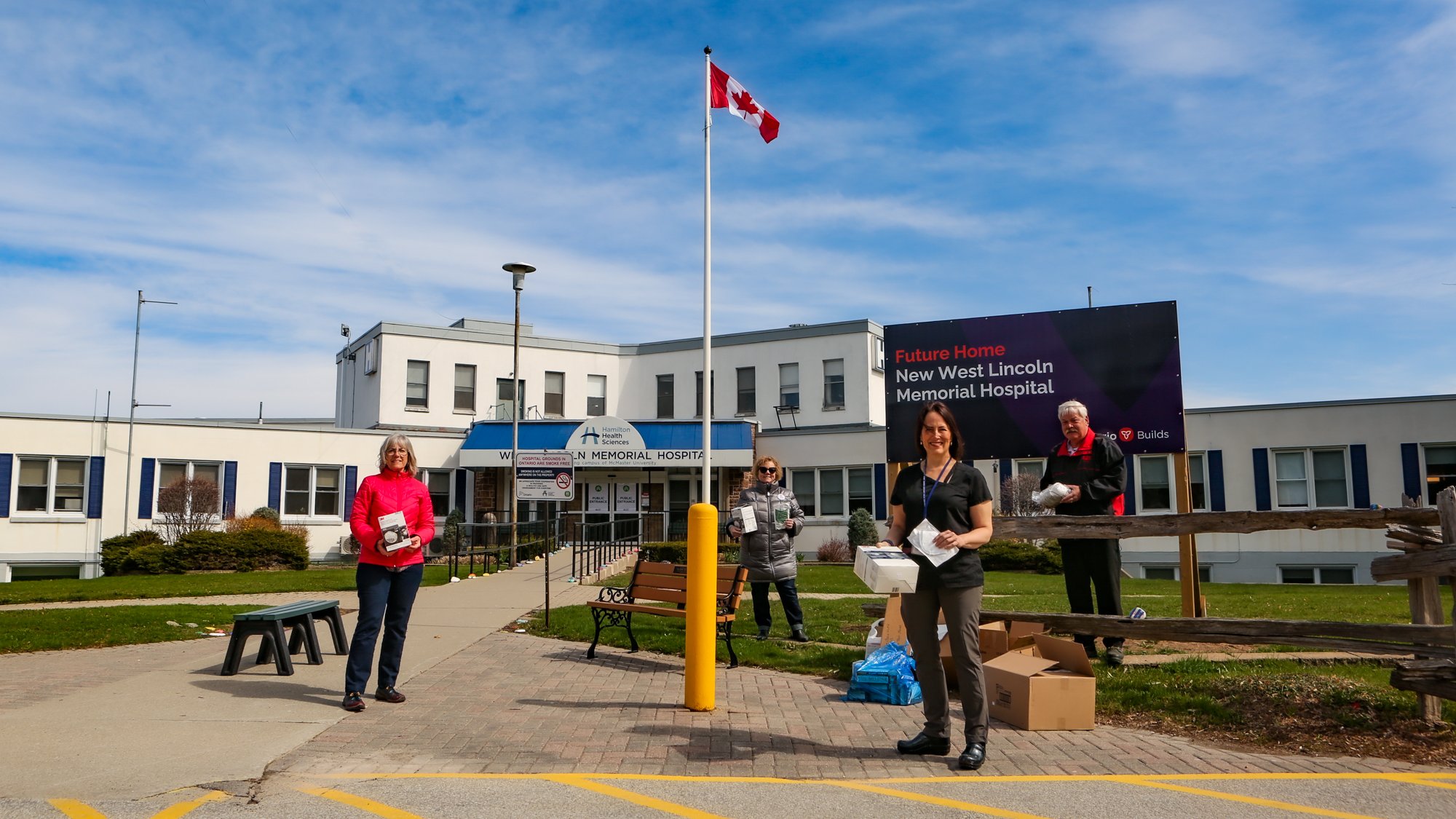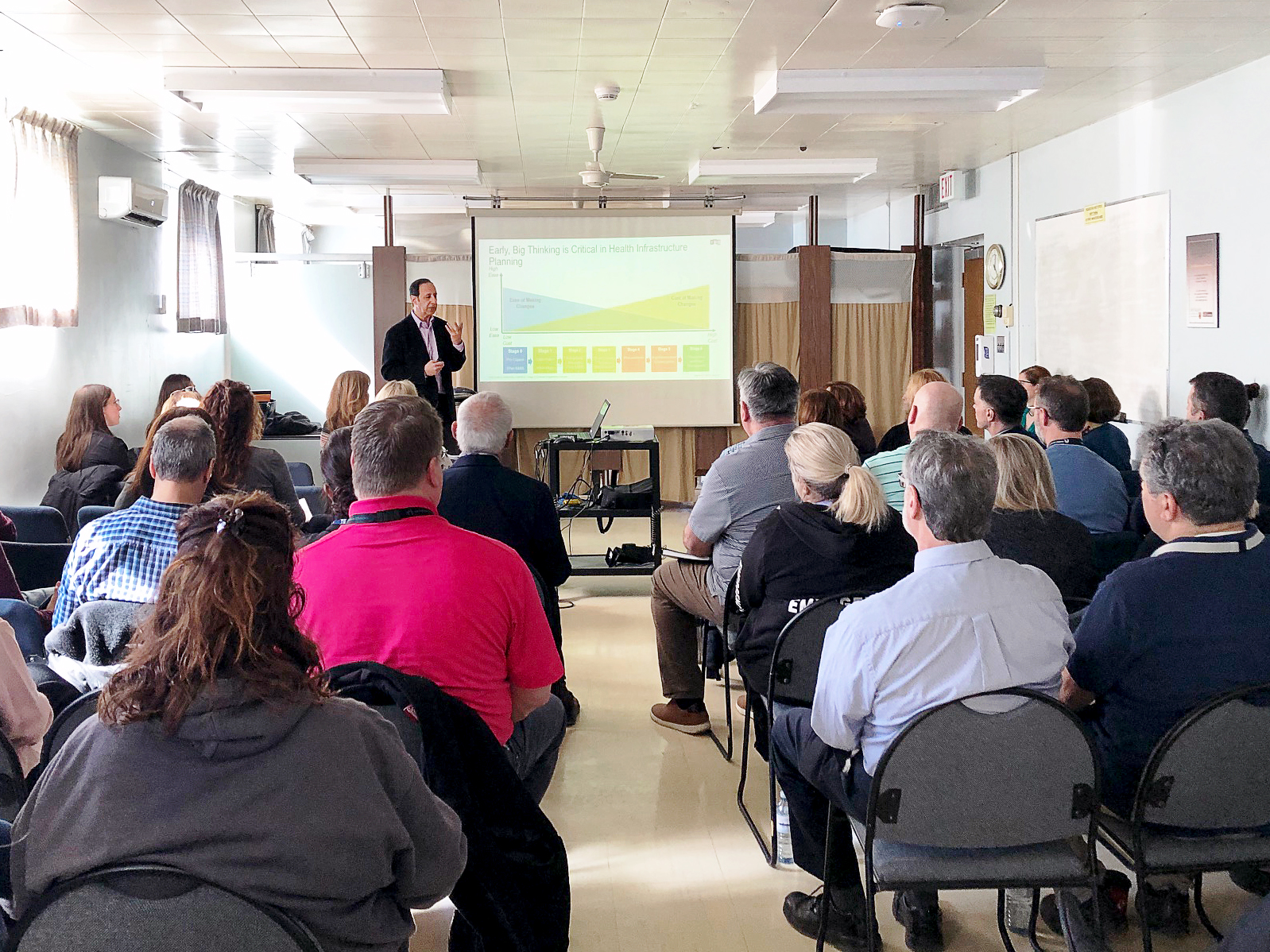Last week, Infrastructure Ontario (IO) released its fall Market Update report. The report reiterates the government’s commitment to rebuild WLMH, which we completely expected, but it’s always great news regardless. (The WLMH rebuild project has been included in IO’s updates for almost two years.)
The report, however, noted for the first time that WLMH project is now included in the “$200 – $499 million” budget range, which is an increase from the “less than $200 million” budget range we’ve been working toward. This change on paper has encouraged some excitement in the community and beyond.
We asked our WLMH redevelopment lead for his take on this development.
“I get the excitement about this project, we’re really excited too,” said Bart DeVries, HHS director of redevelopment projects. “Based on my experience with large scale infrastructure projects, this is to be expected. It’s important to note that this development doesn’t mean there have been any significant changes to our planning. The difference between the previous budget range [<$200M] and the new budget range [$200M-$499M] could technically be $1. At the end of the day, the market will dictate what the true value of the project will be and that’s still a little way down the road.”
Budgeting for large, public-private partnership (P3) projects is a complex process with many moving parts. Ultimately the goal is to get the best value-for-money spent.
“The budget refinement process will continue as we proceed through Stage 3 toward construction. We’re still working under the original budget assumptions, which is the prudent approach. We’ve hired our costing team who are experts in budgeting for projects of this size and scope. They will tell us the anticipated project cost based on our requirements, which will be kept confidential and used to inform our plans. The private-sector teams bidding on the design-build contract for the hospital will include their project cost in their bids, which will also based on our requirements. Once a winning bid is selected by IO and HHS together, we will release the fixed-price contract value,” DeVries explained.
Many elements can influence a change in project budget, such as cost and availability of construction materials, labour and skilled trades. Time tends to drive the cost of the required elements up higher so planning needs to account for that possibility. It’s also wise to include contingency for unexpected costs, especially given the impacts the ongoing global pandemic is having and will likely continue to have on supply chains.
“These are the types of things we have been planning for since we started Stage 2 and why we always build contingency in to our projected budget,” he noted.
In terms of WLMH project timelines, we’re aiming to submit our Stage 2 plan to the ministry by Hallowe’en. The Request for Qualifications, which is the initial call for teams eligible to deliver the project, will be posted later this fall. Teams prequalified through this process will be named in early 2021, and invited to respond to a Request for Proposals later in the year.



